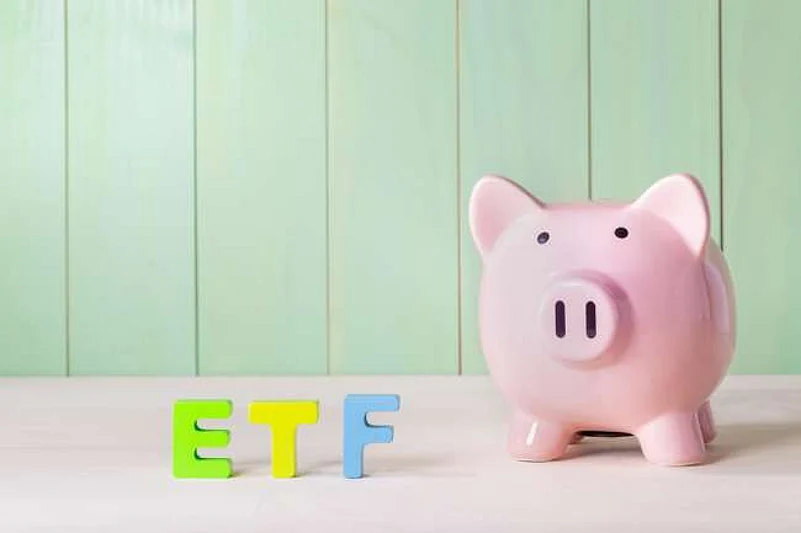The most common assets that most investors go for are stocks, real estate, gold and bonds. But the concept of investing in an exchange-traded fund or ETF rarely finds a mention. Many investors, whom I have interacted with and who have been investing in the stock markets for decades, were clueless when I brought up the topic of investing in an ETF. Their first question was “What’s an ETF?”
An ETF, typically, takes the entire list of securities in a particular index and develops a basket with them in the same proportion as they lie in the index. Unlike a mutual fund, an ETF trades on the index and can be bought and sold anytime during market hours. The price of an ETF fluctuates depending on the net asset value (NAV) of the underlying basket of securities.
To invest in an ETF, you must first zero in on the market you wish to invest in. Markets from the US to India to even others have ETFs of various kinds. After that, you can decide whether you wish to invest in a broader index ETF or in a specific sectoral ETF. For example, if you wish to invest in only the metals sector, instead of picking and choosing specific stocks, you can invest directly in, say, Vanguard Materials ETF.
Liquidity is one of the most important aspects you need to take into consideration before choosing an ETF. It is advised that you invest in ETFs with higher liquidity as they will have a lower bid-ask spread.
Does liquidity have a proxy? It does. That’s in the form of assets under management (AUM). AUM of an ETF can be calculated by multiplying the outstanding shares by the market price per share. The AUM of an ETF is subject to change. Higher the AUM, the greater the liquidity of the ETF.
Another important aspect that you need to consider is the expense ratio. It is an annual fee charged by a fund to cover its expenses. For example, the Vanguard S&P 500 ETF has an expense ratio of 0.03 per cent. This means that it uses 0.03 per cent of its total assets to cover its expenses. The total expense ratio (TER) can vary from fund to fund, and a lower expense ratio does not guarantee high returns.
As ETFs are not actively managed, they are also cost-effective as compared to a mutual funds. As they replicate the benchmark index, the constituents are available for your scrutiny at all times.
In conclusion, ETFs offer multiple benefits and can definitely be considered as an investment option. The allocation can depend on your financial goals and investment needs.
The author is Chief Executive Officer, Winvesta
DISCLAIMER: Views expressed are the author’s own, and Outlook Money does not necessarily subscribe to them. Outlook Money shall not be responsible for any damage caused to any person/organisation directly or indirectly.
















